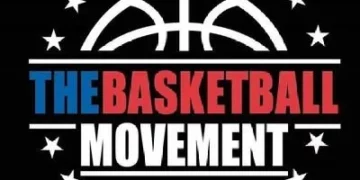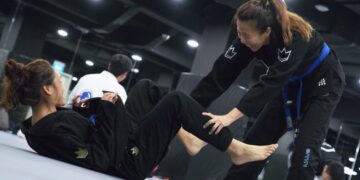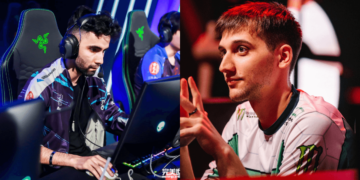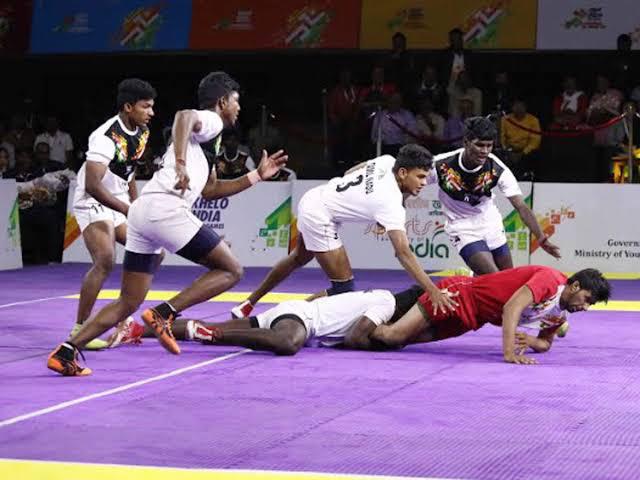
It usually starts as a joke. You’re in boxing class, working the pads, and the coach calls out, “Alright, switch stance!” You awkwardly shift your right foot forward. You feel like a baby deer. Nothing flows. You throw a jab that feels like you’re trying to sign your name with your left hand, with your eyes closed. Welcome to Southpaw, my friend. Whether you’re training at a boxing gym in Singapore or at a fight camp somewhere else, switching stance is one of those things that humbles everyone. But it’s also where real growth begins.
If you’re naturally right-handed, switching stances in boxing feels weird. Almost pointless. But here’s the truth: training in southpaw, even if you’ll never fight from it, might be one of the smartest things you can do for your game. Let us unravel the many questions of why you should train the southpaw stance in boxing.
In this article, we’ll unpack the reasons why every boxer should spend time learning the southpaw stance.
What Exactly Is A ‘Southpaw‘?
Just so we’re on the same page, being a southpaw means your right foot is forward, your right hand becomes your lead, and your power hand (your left) is in the rear.
Traditionally, this stance is used by left-handed fighters. Think Manny Pacquiao, Marvelous Marvin Hagler, or Vasyl Lomachenko. But more and more fighters, even right-handed ones, are learning to work both stances. And there are good reason for that.
1) It Sharpens Your Defense (Because You’ll Probably Be Slower At First)
Let’s be honest: your jab won’t snap the same. Your footwork will feel like it’s on dial-up. And you’ll probably get hit more. But that’s kind of the point.
When you’re in an unfamiliar stance, you have to rely more on reading your opponent, pay closer attention, tighten your guard, and anticipate instead of react. Over time, your defensive instincts improve across the board, not just in southpaw.
It’s like turning down the brightness on your phone. You start noticing details you used to gloss over.
2) It Unlocks Angles You Probably Don’t See In Orthodox
Here’s where things get fun. From southpaw, your jab hits a different lane. Your straight left becomes a laser from a blind spot that most orthodox fighters aren’t used to defending. Your lead hook is now your dominant right hand, and once you figure out the mechanics, it feels crisp.
More importantly, you learn how to attack from outside the lead foot. How to pivot differently. How to force people to turn the wrong way. It gives you an entirely new dimension.
Even if you return to orthodox, your understanding of angles improves because you have seen both sides of the picture.
3) It Makes You Way More Versatile Against Southpaws
Here’s the dirty little secret no one talks about: Most orthodox fighters hate facing southpaws. The angles feel off. The jabs collide. You eat rear hands more often than you’d like to admit. And if your footwork isn’t dialed in? You get out-positioned fast.
But if you’ve trained southpaw, you understand the rhythm. You know how that rear hand comes. You know how to angle out. You’ve been in their stance, so you’re not confused by it anymore. That’s the huge edge.
4) You’ll Build Better Balance And Body Awareness
Training southpaw forces your body to move in unfamiliar ways. Your pivots are different. Your slips are mirrored. Even how you breathe during combinations shifts slightly.
That awkwardness? It eventually becomes control. A lot of fighters don’t realize how one-sided their movement is until they try fighting a southpaw. Suddenly, your non dominant side has to work. You engage your core differently. Your weight transfer becomes more conscious. And when you go back to orthodox? You feel sharper and more connected.
5) You’ll Respect Southpaws More (And That’s A Good Thing)
You can tell when someone’s never trained in a stance just by how much they underestimate it. They assume southpaw is just “orthodox with flipped feet.” It’s not.
Training southpaw teaches you the subtle struggles southpaw fighters deal with: the odd jab clashes, the vulnerability to body shots, the constant fight for outside foot position.
Understanding that makes you a better fighter, period. It also makes you harder to read because you’re more adaptable.
So Should You Go Full-Time Southpaw?
Ultimately it depends on your personal style and preference, to some it’s something they need to get used to, to others it feels freakishly natural. Some right-handed fighters do stick with southpaw because it allows them to keep their dominant hand up front (like Oscar De La Hoya or Miguel Cotto). But for most people, it’s about balance, not replacement. The real goal? Learn to flow between stances. Not to show off. Not to be flashy. Just to become a more complete striker — one who isn’t frozen when things don’t go “your way.” Because fights rarely do.
You may also like:
16 Tennis Ball Drills to Sharpen Your Boxing Skills and Reflexes
Tennis balls aren’t just for tennis players. They’re also a valuable tool for boxers looking to enhance their agility, coordination, and reflexes. Incorporating tennis ball drills into your boxing training regimen can significantly improve your…
High-intensity interval training (HIIT) alternates all-out efforts with brief rest or low-intensity periods. Unlike steady-state cardio, HIIT exercises, martial arts such as Muay Thai, and some aspects of BJJ, pushes you into anaerobic zones. Think…
Feeling a little anxious heading into your first sparring session in martial arts is perfectly normal. You’ve never had the chance to test your skills against resisting opponents, and you’re unsure about how well you’ll…
The cross is one of the most powerful punches in a boxer’s arsenal, and it also covers more distance than every other type of punch besides the jab. It’s an outside range weapon that can…
In striking arts, size and reach are important tools, but they don’t guarantee success. When facing a smaller opponent, the challenge often lies in their speed, mobility, and ability to slip into range before you…
Kazakhstan is home to famous boxing and fighting icons like Gennadiy “GGG” Golovkin and Shavkat Rakhmonov. The country is known for its rich culture and heritage, producing some of the toughest and fiercest warriors on…
Martial arts training is a powerful mind-body practice that offers numerous mental benefits, including increased focus, reduced anxiety, and enhanced self-esteem, as well as physical benefits such as improved cardiovascular health, flexibility, and functional strength….
Training in Singapore is a whole different beast. If you’ve just moved here or recently started your Muay Thai, Brazilian Jiu-Jitsu, or boxing journey, you’ve probably already felt it. The moment you step outside, the…
BJJ is known for its constantly evolving submission game, and among the many ways to finish a match, the “bar” submissions stand out as some of the most fundamental and effective. These submissions, which typically…
The term “smesh” became globally popular thanks to MMA superstar Khabib Nurmagomedov, but there’s much more to this than just a catchy quote. Behind it lies a brutal, relentless, and highly effective grappling system deeply…
Along with its rich cultural heritage, Brazil is one of the most respected countries in grappling and is widely regarded as a powerhouse. Creating its own identity, Brazil’s distinctive approach to fighting has shaped what…
Teen Muay Thai sensation Johan Ghazali may be facing adversity, but his journey is far from over. Here’s why his youth, talent, and experience in the world’s toughest arena means that his comeback could be…


![[WATCH] IND vs SA 2025: Rishabh Pant vents frustration at Kuldeep Yadav for slow over-rate warning](https://lbsports88.com/wp-content/uploads/2025/11/watch-ind-vs-sa-2025-rishabh-pant-vents-frustration-at-kuldeep-yadav-for-slow-over-rate-warning-360x180.jpg)






























![[WATCH] IND vs SA 2025: Rishabh Pant vents frustration at Kuldeep Yadav for slow over-rate warning](https://lbsports88.com/wp-content/uploads/2025/11/watch-ind-vs-sa-2025-rishabh-pant-vents-frustration-at-kuldeep-yadav-for-slow-over-rate-warning-120x86.jpg)



![[WATCH] IND vs SA 2025: Rishabh Pant vents frustration at Kuldeep Yadav for slow over-rate warning](https://lbsports88.com/wp-content/uploads/2025/11/watch-ind-vs-sa-2025-rishabh-pant-vents-frustration-at-kuldeep-yadav-for-slow-over-rate-warning-350x250.jpg)